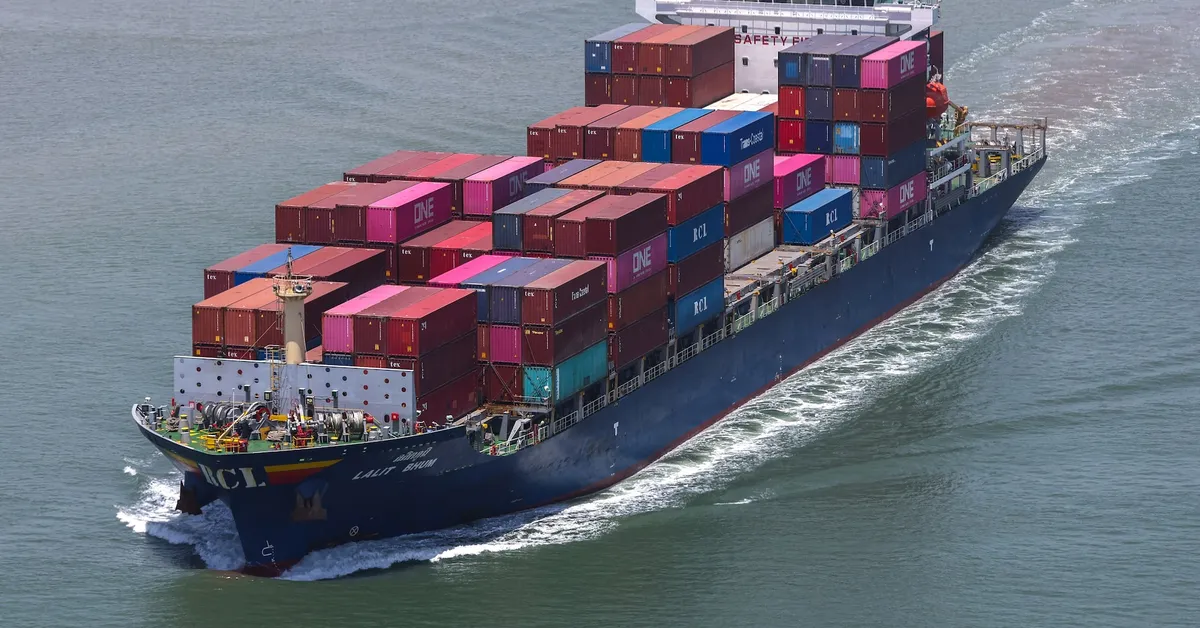
In a recent announcement from Washington, President Donald Trump revealed that the United States will impose a 20% tariff on many Vietnamese exports, a significant reduction from the previously promised tariff rates. This decision comes just days before a critical deadline for tariff negotiations, effectively cooling tensions between the U.S. and its tenth-largest trading partner, Vietnam.
According to President Trump, while Vietnamese goods will now face a 20% tariff, any trans-shipments from third countries routed through Vietnam will incur a much steeper 40% levy. In a reciprocal gesture, Vietnam has agreed to accept U.S. products with a zero percent tariff. This trade deal was publicly announced by Trump on his social media platform, Truth Social, after a conversation with Vietnam’s top leader, To Lam.
This agreement arrives just ahead of a July 9 deadline that Trump had set for resolving tariff negotiations. Initially, the plan, which Trump's administration announced in April, indicated that U.S. importers of Vietnamese goods would face a staggering 46% tariff. However, the latest developments suggest a shift towards a more favorable trading environment between the two nations.
The announcement serves as a political boost for Trump, whose administration has faced challenges in finalizing trade deals with major global partners. While negotiations with India are ongoing, previous truces with Britain and China have been limited in scope, and discussions with Japan, a key ally, have stalled. Strengthening ties with Vietnam is crucial for the United States, particularly as Vietnam is not only the largest export market for U.S. goods in Southeast Asia but also a strategic ally amidst growing tensions with China.
Vietnam has expressed its desire for the U.S. to recognize it as a market economy and to lift restrictions on high-tech product exports. These requests have historically been dismissed by Washington, but the current trade agreement may pave the way for further dialogue on these issues.
Since the imposition of tariffs on Chinese goods during Trump’s presidency from 2017 to 2021, trade between the U.S. and Vietnam has surged. U.S. imports from Vietnam have nearly tripled, growing from under $50 billion in 2018 to approximately $137 billion in 2024, as importers seek alternatives to Chinese products due to the tariffs. In contrast, U.S. exports to Vietnam have only seen a modest increase of about 30% in the same period, climbing to just over $13 billion last year.
The term 'transshipping' has become a contentious topic in trade enforcement discussions, and how it is defined and applied will be critical in shaping the future of U.S.-Vietnam trade relations. Business adviser Dan Martin from Dezan Shira & Associates emphasizes that the practical implementation of these tariffs will be of significant importance.
The recent trade agreement between the U.S. and Vietnam resembles more of a framework than a fully finalized trade pact. Similar to the arrangement reached with Britain earlier, this deal is a step towards solidifying economic ties. Despite the ongoing negotiations with multiple countries to avoid steep tariff increases, the U.S.-Vietnam agreement signifies a potential shift in the dynamics of international trade, particularly as both nations navigate their relationships with China.
As trade discussions continue, the impact of these tariffs will be closely watched, not only for economic implications but also for how they may affect geopolitical alliances in the region.